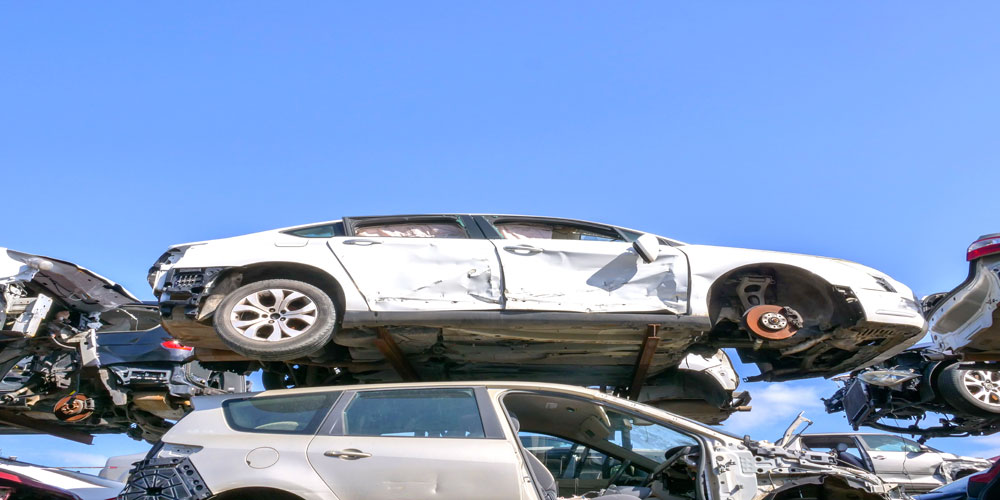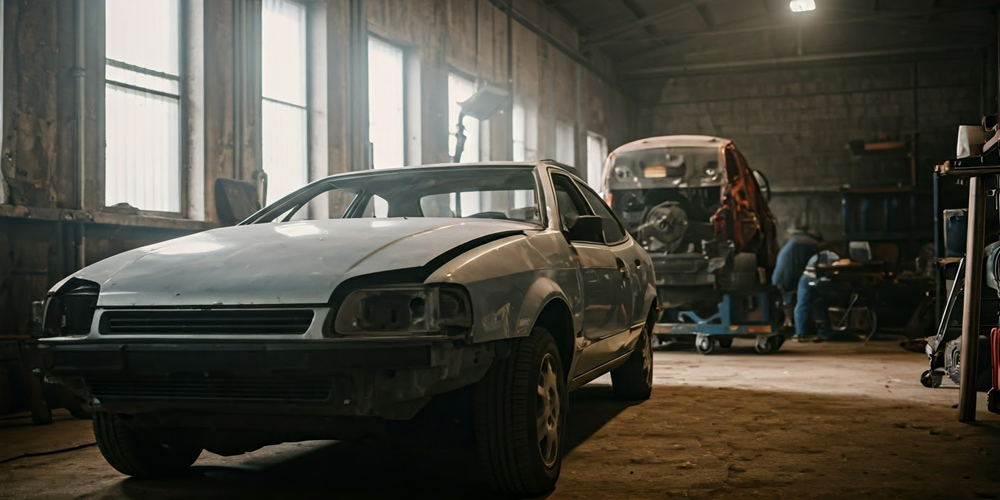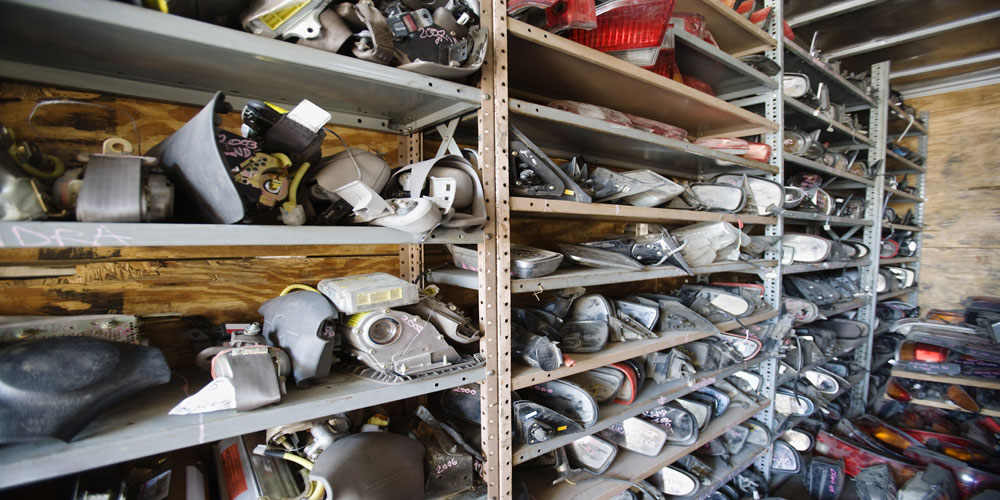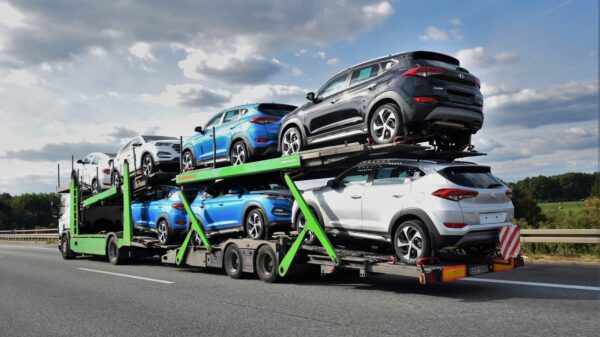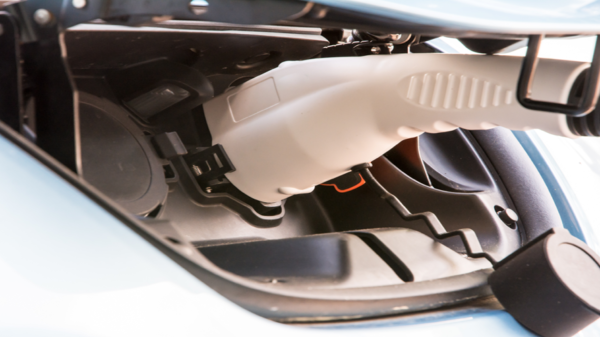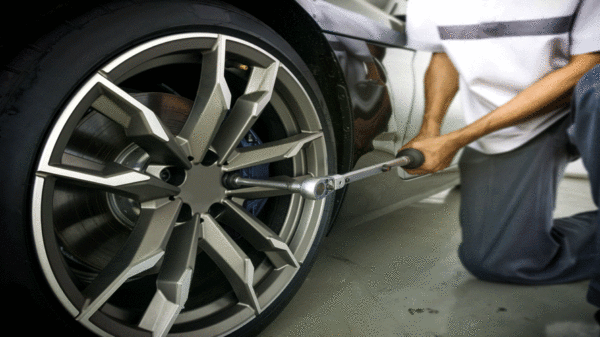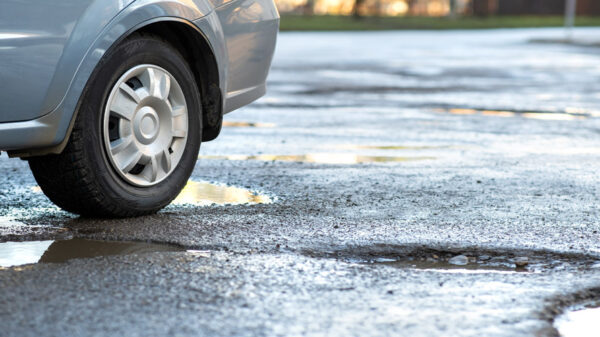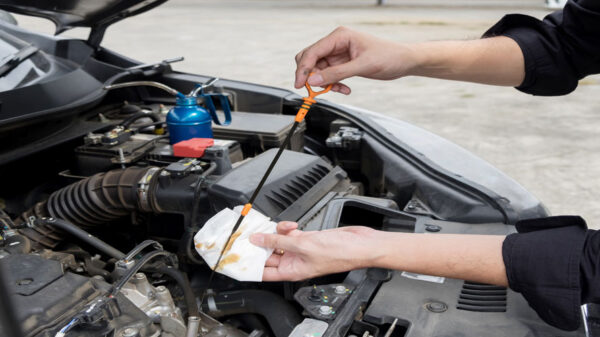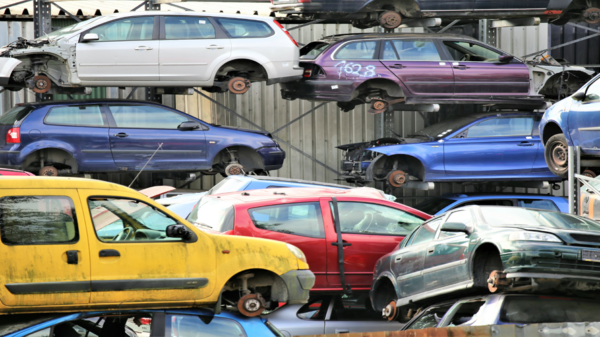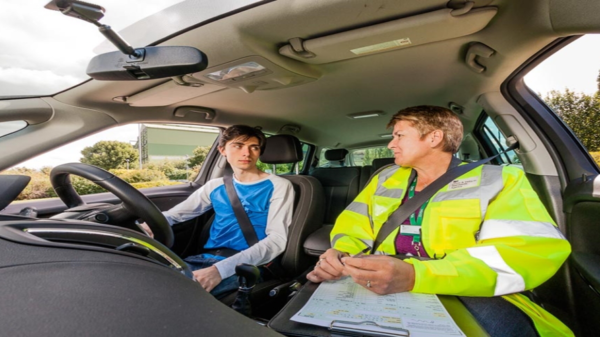Need a Part for Your Car? Visit Your Local Scrapyard
When your car needs a replacement part, the options can seem overwhelming. Should you buy new or used? Should you trust an online retailer or visit a local dealer? One of the best-kept secrets in the automotive world is the local scrapyard, a treasure trove of parts that can save you time and money while offering a unique, sustainable solution. This post will explore why you should consider visiting your local scrapyard for car parts, the benefits, tips for a successful visit, and how to navigate this often-overlooked resource.
The Benefits of Visiting a Scrapyard
Cost-Effective Solutions
One of the primary reasons to visit a scrapyard is the cost savings. New parts can be expensive, and even online retailers can add up with shipping costs. At a scrapyard, you can often find parts for a fraction of the price. This is especially beneficial for older cars, where new parts might be scarce or highly priced.
Sustainability
Using parts from a scrapyard is an environmentally friendly choice. Recycling parts reduces the demand for new manufacturing, which in turn lowers the carbon footprint associated with producing new components. This eco-friendly approach supports the principles of reduce, reuse, and recycle, making a significant impact on reducing automotive waste.
Wide Range of Parts
Scrapyards offer a vast array of vehicle parts from different makes and models. Whether you’re looking for something as simple as a door handle or as complex as an engine, there’s a good chance you’ll find it at a scrapyard. This diversity is particularly helpful for owners of older or less common vehicles, where parts might not be readily available through traditional retailers.
Learning Experience
For car enthusiasts and DIYers, visiting a scrapyard can be an educational experience. It offers a hands-on opportunity to learn about car mechanics, see how different parts are connected, and understand more about the inner workings of various vehicles. This knowledge can be invaluable, not only for the specific repair you’re working on but for future projects as well.
Tips for a Successful Scrapyard Visit
Research and Preparation
Before heading to the scrapyard, do some research. Know the specific part you need, including the make, model, and year of your car. Having this information handy will save you time and help you communicate effectively with the scrapyard staff. It’s also wise to call ahead and check if the part you need is available or if they can guide you on where to find it.
Tools and Equipment
Most scrapyards operate on a self-service basis, meaning you’ll need to bring your own tools. Essential tools might include wrenches, screwdrivers, pliers, and a jack. Dress appropriately in old clothes and sturdy boots, as scrapyards can be dirty and sometimes hazardous environments. Don’t forget safety gear like gloves and safety glasses.
Inspect the Parts Thoroughly
When you find the part you need, inspect it carefully. Look for signs of wear, rust, or damage. If possible, compare it with the part you’re replacing to ensure it matches exactly. Some scrapyards offer a short warranty or return policy, but it’s best to ensure the part is in good condition before purchasing.
Negotiating and Pricing
Scrapyard pricing can sometimes be flexible. Don’t be afraid to negotiate, especially if you’re buying multiple parts or if the part has some minor damage. Building a rapport with the staff can also be beneficial for future visits.
Environmental and Safety Considerations
Remember that scrapyards are filled with discarded vehicles and parts, some of which may contain hazardous materials. Be mindful of your surroundings and follow any safety guidelines provided by the scrapyard. Disposing of fluids and other materials properly is crucial for maintaining a safe and environmentally friendly site.
Navigating Your Local Scrapyard
Finding a Reputable Scrapyard
Not all scrapyards are created equal. Look for reviews and ask for recommendations from friends or online forums. A well-organized and reputable scrapyard will make your experience much smoother. Check if they have an online inventory or parts locator service, which can save you time searching through the yard.
Understanding the Layout
Once you arrive, take a few minutes to understand the layout. Some scrapyards categorize cars by make or model, while others might have a more random arrangement. Ask the staff for a map or guidance on where to find specific types of vehicles.
Utilising Staff Knowledge
The staff at scrapyards are usually very knowledgeable about the inventory and can provide invaluable assistance. Don’t hesitate to ask for help or advice on finding the right part. Their insights can save you a lot of time and effort.
Maximizing Your Visit
To make the most of your visit, consider looking for other parts you might need in the future. Scrapyards are excellent places to stock up on spare parts that are prone to wear and tear, like fuses, bulbs, and hoses. This can save you another trip and keep your repair costs low in the long run.
Common Misconceptions About Scrapyards
Quality Concerns
One common misconception is that parts from a scrapyard are always of poor quality. While it’s true that some parts might be worn or damaged, many are in excellent condition, especially those from newer cars that were totaled in accidents but had many salvageable parts.
Limited Selection
Another myth is that scrapyards have a limited selection. In reality, scrapyards often have a vast inventory of vehicles and parts, spanning different makes, models, and years. They can be particularly useful for sourcing parts for older or less common vehicles.
Difficult to Navigate
Some people believe scrapyards are chaotic and hard to navigate. While some might be more organized than others, most have some system of organization. Additionally, staff members are usually quite helpful in directing you to the right section.
The Future of Scrapyards
Technology Integration
The future of scrapyards is evolving with technology. Many scrapyards now use digital inventories and parts locators, making it easier for customers to find what they need. Some even offer online purchasing options for those who prefer not to visit in person.
Environmental Regulations
As environmental regulations become stricter, scrapyards are improving their practices to minimize their ecological impact. This includes better handling of hazardous materials and more efficient recycling processes.
Community Involvement
Scrapyards are increasingly becoming community hubs for car enthusiasts and DIYers. Many offer workshops, tool rental programs, and other resources to support local car owners. By fostering a sense of community, scrapyards are helping to preserve the culture of automotive repair and restoration.
Visiting your Local Scrapyard
Visiting your local scrapyard can be a rewarding experience, offering cost-effective, sustainable, and educational benefits. With a little preparation and the right approach, you can find the parts you need to keep your car running smoothly without breaking the bank. Whether you’re a seasoned car enthusiast or a novice DIYer, the local scrapyard is a resource worth exploring. So next time you need a part for your car, consider the local scrapyard—where one person’s trash truly can become another’s treasure.


